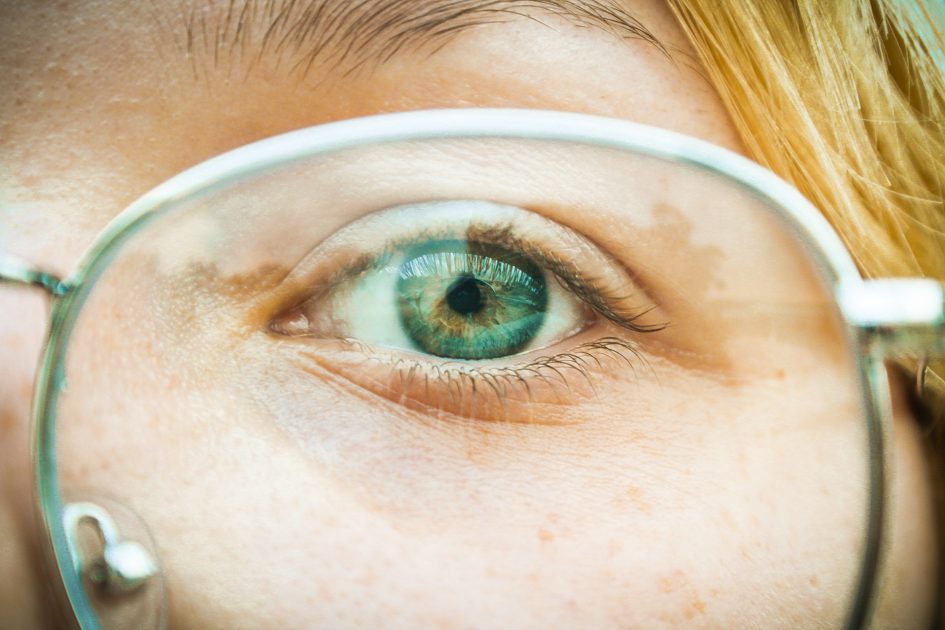National Contact Lens Health Week is Aug. 20 to Aug. 24. For those of you who wear contact lenses, it’s the perfect time to zoom in on your healthy contact lens hygiene habits to reduce your chance of getting an eye infection. But, if you don’t want to deal with contact lenses (or glasses) anymore, find out if you’re a good candidate for LASIK or another vision correction procedure! Learn more about your options below.
Did you know you can use funds from your health savings account (HSA) or health care flexible spending account (FSA) to pay for a qualified vision correction procedure, such as LASIK?
There are several options when it comes to vision correction. Glasses and contact lenses are the obvious ones, which are designed to compensate for the eye’s imperfections. However, surgical procedures are aimed at improving the focusing power of the eye. They include LASIK and other refractive surgeries that are used to reshape the cornea, the clear covering of the front of the eye.
LASIK, commonly referred to as laser eye surgery, stands for Laser-Assisted In Situ Keratomileusis. It uses a precise, controlled laser. Other types of refractive surgeries include Radial Keratotomy or RK (using a knife) or Photorefractive Keratectomy or PRK, the first surgical procedure developed to reshape the cornea, by using a laser to sculpt it (the same type used in LASIK).
Visit webmd.com/eye-health/overview-refractive-laser-eye-surgery#1 for a complete guide to refractive and laser surgery. It includes additional details about the procedures mentioned above as well as information on other types of vision correction surgeries along with side effects to keep in mind.
SMILE, which stands for Small Incision Lenticule Extraction, is a recently FDA-approved laser eye procedure that uses a laser to remove a small piece of the cornea to reshape the eye. Many people who are not qualified for LASIK because of corneal changes may be eligible for this new surgical option.
If you’re considering a laser vision correction procedure, the first step is always to have a complete exam to evaluate the health of your eyes and measure vision function to decide if a procedure is recommended. Once you’re identified as a good candidate for a procedure, then you can make a more informed discussion about the costs, risks and coverage.
“LASIK?” U.S. Food and Drug Administration, fda.gov, March 26, 2018.
“What is LASIK?” U.S. Food and Drug Administration, fda.gov, Jan. 18, 2018.
“How Insurance Covers LASIK and Other Laser Vision Correction Procedures,” americanrefractivesurgerycouncil.org, July 31, 2017.
“New Eye Surgery Holds Promise for Correcting Nearsightedness,” Parminder Deo and Jacqueline Paulis, nbcnews.com, May 31, 2017.


September 2, 2018 at 1:23 am
Does HSA cover detached retina’s and corrective surgery.
September 4, 2018 at 3:28 pm
Hi Wendy. Thanks for reading! You’d have to check what exact procedures your HSA plan covers or contact your insurance company to find out.